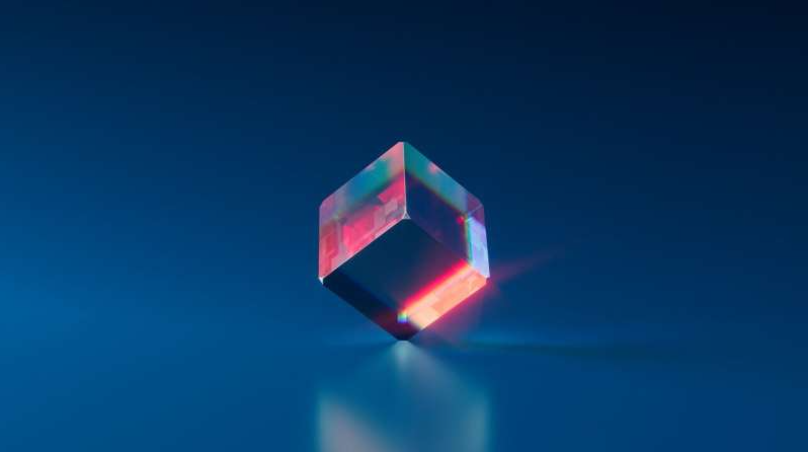
Researchers at University of Limerick in Ireland have developed a new method of growing organic crystals that can be used for energy-harvesting applications.
The energy that is being harvested as part of this research is being generated by squeezing amino acid molecules, the building blocks of proteins that exist in the human body.
Piezoelectricity, which translates from Greek to mean pressing electricity, usually found in ceramics or polymers, is also present in human biomolecules.
The research team from the Actuate Lab in the Department of Chemical Sciences and Bernal Institute at UL has previously utilized predictive computer models that allow them to identify how much electricity a biological material will generate when you squeeze it—making this material suitable to power sensors in consumer electronics and medical devices.
This latest breakthrough, published in the journal Physical Review Letters, will allow the researchers to shape the crystals they make using silicon molds into disks or any custom shape required depending on the application—for example, a medical device element versus a phone microphone or car sensor.
Tapping these disks and plates generates useful voltage that—if amplified—could be used to charge electronic devices using everyday forces.
Discussing the significance of the development, lead author of the paper and Ph.D. student at UL Krishna Hari explained, “The versatile molding technique that we have developed is a low-cost, low-temperature growth method that opens the path to phase in biomolecular piezoelectrics as high-performance, eco-friendly alternatives to currently used ceramics.”
Associate Professor Sarah Guerin, a UL lecturer and researcher on the project, who was named Research Ireland (SFI) Early Career Researcher of the Year in 2023, said she was optimistic about what this latest development could mean for solid-state chemistry.
“We hope it will be a gamechanger for the whole field because there are many scientists trying to grow biological crystals that are still behaving in a chaotic way. I am excited to see if this takes off as a methodology for other people working in sustainable piezoelectrics,” explained Associate Professor Guerin.
If successful, the research undertaken by the team at UL also has the potential to remove environmentally damaging materials such as lead from consumer electronics.
“There are EU regulations around the use of lead, but piezoelectrics are one of the last remaining mainstream technologies allowed to contain this substance because there is no high-performance alternative,” Associate Professor Guerin explained.
“There are about 4,000 tons of lead-based electronic waste generated from these sensors every year, and this research has the potential to remove this waste from the manufacturing process.”
Article Credit: phys